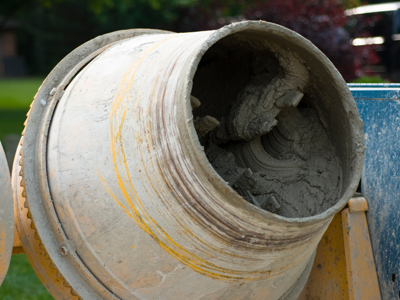
Limestone - Uses of
The formation and uses of limestone is one of the topics covered in GCSE Chemistry. This is the second of two quizzes on limestone in which we look at some of the uses of limestone as a building material.
Limestone is an abundant rock that can be used for a number of purposes. It was formed millions of years ago on the bed of relatively shallow tropical seas. It consists mainly of the mineral calcium carbonate which comes from two sources - shells and precipitation from seawater. There are many types of limestone, some hard, some soft. Rain is naturally slightly acidic because it contains dissolved carbon dioxide which forms a weak acid with water. Carbonates are one of the substances that react with both strong and weak acids, so slowly, over millions of years, rain will dissolve limestone to form some fascinating natural features like limestone pavements, caves, stalactites and stalagmites. This corrosion is accelerated by human influence since burning fossil fuels introduces sulfur and nitrogen oxides into the air which makes rain even more acidic.
Ready for more?
not all...
quizzers. Try to win a coveted spot on our Hall of Fame Page.







